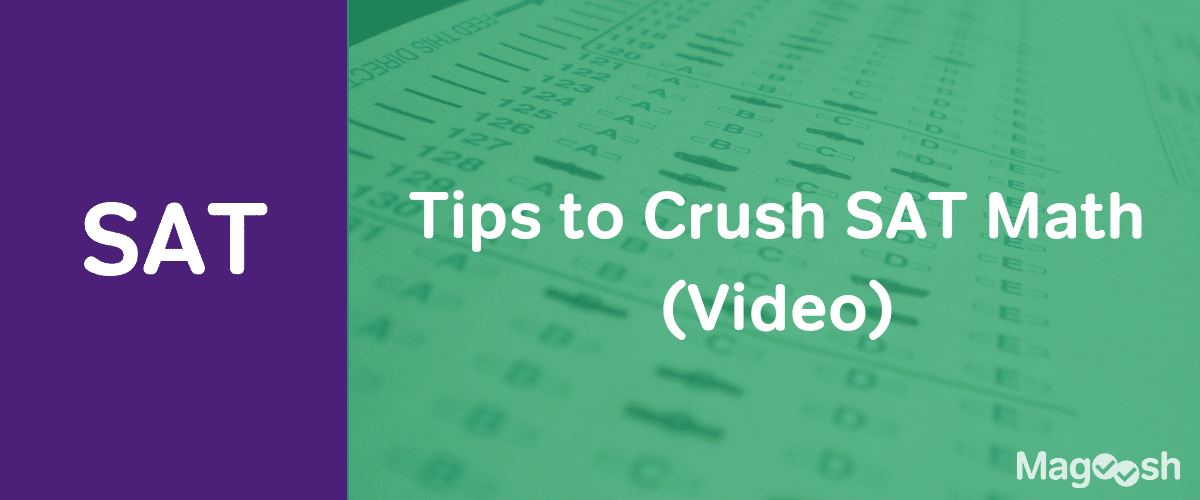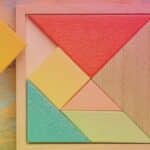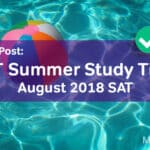SAT multiple choice questions have a number of predictable characteristics and are structured in a way that’s unique to the exam. By understanding how SAT multiple choice questions work, you can develop good effective approaches for answering them. The trick with SAT multiple choice questions is knowing where the answers come from.
Answers Based On Stated Information on the SAT
Very often throughout the SAT, the answers will come from the information given in a reading passage, question prompt, graph, chart, or other visuals. These kinds of “stated information” questions can appear in any section of the SAT.
In SAT Reading, a question may ask you to correctly identify information this is directly stated or clearly implied by a reading, and you may also be asked to interpret a chart. Similarly, the SAT Writing and Language will sometimes ask you to correctly interpret a chart so that you can incorporate information from the chart into a reading passage. The Writing/Language section also sometimes asks you to select and add sentences to a paragraph based on how closely these sentences match to the information already given in the passage. Finally, in SAT Math, you’ll often get questions that focus primarily in interpreting the information in a story problem, chart, or geometric figure, rather than actually making a complex calculation.
Answers Based On Vocabulary
The SAT is a very vocabulary-oriented exam and vocabulary is an important part throughout this test’s three multiple choice sections. You’ll be expected to directly identify the meanings of vocabulary words in context in SAT Reading multiple choice. Questions in SAT Writing and Language may ask you to select a word that matches not only the appropriate meaning of a passage, but also the appropriate tone. This means you’ll need to know both the definitions of vocabulary words and the words’ connotations, the suggested tone and attitude behind a word’s literal dictionary meaning.
Math tests vocabulary as well. In new SAT Math, there are questions where simply knowing the meaning of a mathematics term is enough to select the correct answer. You may be asked, for instance, to identify a chart that shows a negative relationship between two variables, or to identify the median and range of a set of numbers. These example vocabulary words (and several others) represent numbers that can be calculated through simple mental math or can merely be read from the data with no calculation. To correctly select the correct readily available numbers from the answer choices, you need to understand the terms that describe and reference these numbers.
Answers Based On Rules, Processes and Logic
There are relatively few multiple choice questions in the SAT that can be answered purely through knowledge of rules, processes, and the logic of said rules and processes.
However, understanding the rules of written English discourse is very important to properly interpreting the ideas and vocabulary you see in both SAT Reading and Writing/Language. In Reading, you will be directly asked to identify the developmental pattern of a passage, understanding how discourse is structured and what kinds of things the author might be trying to do with their chosen structure of writing. In SAT Writing and Language, you’ll need to make decisions about discourse structure. You’ll also be faced with multiple choice answers where you’ll select grammar forms that are logical and follow grammatical rules.
In SAT Math, logic in multiple choice questions can focus on the logic written structure or rules. Some multiple choice questions require you to correctly convert a written story problem into a math equation. Other questions ask you to follow the rules of math and identify the logical extensions of numerical patterns and schemes.
SAT Strategies in a Nutshell
Whenever you’re faced with an SAT multiple choice question, do the following:
- Determine whether the question is asking about stated information or the meaning of a vocabulary word.
- Determine to what extent that rules, processes or logic are also a factor in selecting the right answer.
- Carefully eliminate answers that contradict the information in a passage, misinterpret vocabulary words, or do not logically follow relevant rules and patterns.
- Select the correct answer.






Leave a Reply